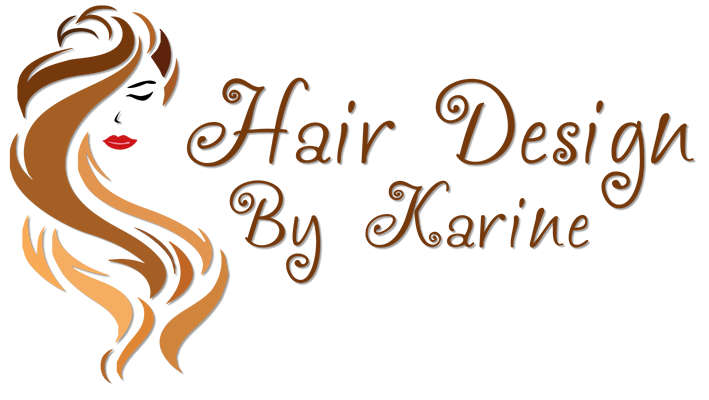

I'm sure you've been there... You walk into the salon, get into to your chair, try not to cross your eyes as your colorist starts rattling off a bunch of words that sound like a foriegn language. Do you wish you knew what it all means? Well... pull up a chair and get ready to learn from our guide to hair color terms!
Babylights are very delicate, white-blonde highlights created using a very fine technique that mimics hair that is naturally lightened in the sun. It's also a great way to subtly introduce color to your hair if you don't want to do anything too drastic.
Balayage was developed by French colorists, and is a highlighting (or low-lighting) technique that does not use foils. Instead the color formula is hand-painted directly onto your hair, creating a more natural, blended style.
The color that is applied all over your head as a starting point for your dye job. Typically, highlights and lowlights follow in order to veer away from a monochrome, one-dimensional look.
The shade of your highlights. Think: high-contrast for lighter, more noticeable highlights and low-contrast for more natural-looking swipes of color.
Although you might be the epitome of a “cool girl,” this term actually refers to the tonal value of the dye you select. Cool tones include blues, purples, and greens, while cool colors range from platinum and ash browns to plum reds and blueish blacks.
The opposite of flat hair. Dimension is the difference between lackluster locks and a head full of movement brought on by highlights and lowlights.
When you sit in the salon chair through not one, but two coloring techniques within one hair appointment to achieve optimal dimension. Example: base color + highlights.
When a colorist paints your hair inside strips of foil which are then folded around the sections of hair to create highlights and lowlights.
Highlights are sections of your hair that are lightened using a lightener or hair-color. There are four basic types of highlights: foil highlights, hair painting, frosting and chunking.
The amped up version of pastel tresses. These are brighter, bolder hues that embody the brilliance of some of the world’s most beautiful gems. You'll probably need to lighten your hair fist though!
Lowlights are two or three shades darker than your natural or base color. They work to deepen your natural hair color to add texture and richness to your style. Often a mix of highlights and lowlights together can add a whole new level of depth to your hairstyle.
The money piece is a special highlighted or bright frame around the front hairline, usually done after foiling or lightening. It is a technique that lifts your complexion and will usually grow out with very little upkeep or maintenance. Some suggest it's called a money piece because it frames your money-maker (your face).
Ombre is similar to the balayage technique, and creates a color contrast that is darker at the roots, blending to a medium shade in the middle and finishes with the lightest parts at the end of the hair. This is a very low maintenance style, and you generally won’t need to worry about growth or touch-ups nearly as often with this look as long as you use your natural hair color as your base color.
These lightened, extra playful hair colors span across the rainbow. Often it requires lightening the hair first, and then applying the color. Lavender locks, anyone? Or what about a pale green? Your imagination is the limit!
A process that focuses on hand-painting (yes, just like balayage) specific patterns around the bends of each curl to create a one-of-a-kind dimensional look. This little technique will most definitely rev up the head-turning factor.
The blondest of blonde hair. Easily one of the most time-consuming, maintenance-requiring hair shades a person can choose. But if ice cold color is what you’re after, then a platinum blonde hair color might be in your future.
One and done, meaning you can get your desired hue in just one sitting.
A toned-down version of the blackest of black hair. When asking your colorist for this hair color or bringing it to life yourself, understand that when you look in the mirror you’ll catch glimpses of a blueish tint that softens the traditionally harsh black.
Easily one of the most need-to-know hair color terms in this guide. Sulfates are detergents found in everything from household cleansers to shampoos. If you have color-treated hair, be sure to find shampoo and conditioner products specially formulated to help maintain your color-treated hair.
Essentially the adjective that describes a hair color. While there are black, blonde, brunette, and red hair colors, tones break it down even further. Think: soft jet black, platinum blonde, strawberry blonde - you get the idea.
Tone-on-Tone color technique uses multiple shades of similar colors to achieve a layered look. It often creates a very light glossy look to the hair. It is very often accomplished with temporary colors that gradually fade back to your natural color over time.
The other side of the tone spectrum. Where cool refers to blues, purples, and greens, warm tones lean towards yellows, oranges, and reds.